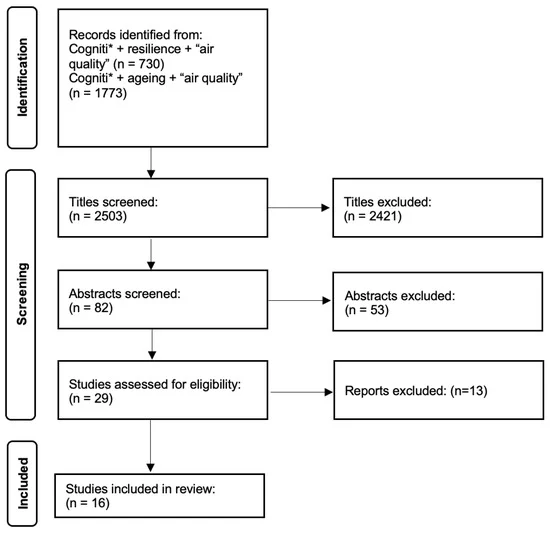A major international review has found a significant link between air pollution and an increased risk of frailty in middle-aged and older adults, highlighting a growing public health concern as the global population ages.

October 3, 2025

Source:
Institute for Social Research - University of Michigan
Significant Link Between Air Pollution and Frailty
A comprehensive international review has established a clear connection between exposure to air pollution and a higher risk of frailty in middle-aged and older adults. The findings, published in Age and Ageing, synthesize evidence from multiple countries and underscore a critical environmental threat to healthy aging.
This research is particularly urgent as global populations grow older, making frailty a major public health challenge.
Quantifying the Risk
The meta-analysis revealed specific, measurable risks associated with different types of pollutants:
Fine Particulate Matter (PM2.5): Exposure to these microscopic particles, often from traffic and industrial sources, increases the risk of frailty by 19%. The World Health Organization (WHO) has long identified PM2.5 as a major health hazard.
Household Pollutants: The use of solid fuels for cooking or heating was linked to a 28% increased risk.
Secondhand Smoke: Exposure to secondhand smoke showed the highest correlation, with a 59% increased risk, though researchers note this is based on a smaller set of studies.
Keep up with the story. Subscribe to the PR+ free daily newsletter

Source:
HealthDay
How Pollution Accelerates Aging
The underlying mechanism linking air pollution to frailty involves the body's response to toxic particles. When fine particulates like PM2.5 are inhaled, they can penetrate deep into the lungs and enter the bloodstream.
This triggers a chain reaction throughout the body.
Systemic Inflammation and Stress
Once in circulation, these pollutants cause systemic inflammation and oxidative stress, conditions that damage cells and accelerate the biological aging process. According to the National Institute of Environmental Health Sciences, chronic inflammation is a known driver of many age-related diseases. The review found that individuals exposed to higher pollution levels had elevated markers of inflammation, such as C-reactive protein (CRP).
Populations Most at Risk
The review, which analyzed data from countries including the UK, China, and Mexico, confirms this is a global phenomenon. While all older adults in polluted areas are at risk, some studies included in the review suggested that men may be more vulnerable than women to the effects of particle pollution.
Read More

Source:
MDPI
Share this news:




















